The LG X Power is meant to be all about delivering premium core features at an affordable price. There are plenty of mid-range devices available in Australia at the moment and we have reviewed many of them here at Ausdroid. Mid-range is mid-range for us tech followers but for the average Mum, Dad, child or grandparent out there $500-600 is not mid-range. For those people a decent low end device is important. No matter the price, no one wants a phone that is painful to use. LG are hoping to fill this end of the market with the LG X Power.
LG X Power Hardware + Design
There are times when you remove the review device from it’s packaging and your breath is taken away by its beauty. With the LG X Power, not so much. It’s not ugly at all but it does not have the superb crafting that you see in most high end and some mid-range devices. I blame it on us being spoilt lately with full metal body designs that have taken their looks from the HTC One and moved on from there such as the Nexus 6P, the Huawei P9 etc. In saying all this, if you are considering getting a device that is low end the look of the device is less important than many other things.
The LG X Power has a textured plastic back which does aid in gripping the device while also keeping the device cheap and light. While many of these full metal body devices look stunning they can be a bit on the slippery side. The externals of the LG X Power can be described as minimal and I like it. There is little fuss and little fluff.
The front of the phone has a single earpiece (for phone calls- who would have thought) at the top alongside a 5MP front-facing camera and the proximity sensor. The bottom of the front is bereft of anything useful and is where LG have branded their well known icon. I don’t hate it — it breaks up the basic black that is the front of the phone.
The left side of the phone has the volume rocker and nano sim/microSD slot while the left side has only the power button. The bottom of the device has the headphone jack, microUSB charging port and a noise cancelling mic. The top has only a noise cancelling mic to break up its monotony. The plastic back has the 13MP camera with LED flash and also the not-so-loud speaker. As I said before, minimal.
The phone is what I would call a medium size. It measures 148.9 x 74.9mm x 7.9mm and weighs only 139 grams. The size is really comfortable in the hand and is easy to use. It is slightly longer and wider (around 5mm each) than the Galaxy S7 and is the same thickness, which is a great achievement considering the battery packed inside the X Power.
Inside this minimal package are minimal internals. Although the internals are not ground breaking and are on the very low end the phone does not suffer greatly. The Mediatek MT6735 quad core processor is far from a Snapdragon 820 but it performs admirably, helped along by a meagre 2GB of RAM. It is a testament to how well an Android device can function on minimal specs. Sure, the apps didn’t open in a flash as they do with the Nexus 6P but unless the phones were side by side the difference was barely noticeable. While Mediatek often get a bad rap in Australia because they are in most of the sub-$100 phones that should never ever have been made in the first place, they also have their moments. There are a lot of decent Chinese phones that have had Mediatek processors in the past including some from Xiaomi and Meizu. In everyday use the low end Mediatek processor combined with the 2GM of RAM had no issues chugging along without any slow downs or lagging that we saw in phones of yesteryear.
Inside there is a very minimal 16GB of storage space which can luckily be extended with a microSD card. This is great for storing photos, videos and any music or media you may carry with you and luckily the operating system allows you to move apps to the microSD with minimal fuss. Keep in mind though that speeds from a microSD can often be slower than that of the inbuilt memory and thus may affect your experience. Personally I did not notice any issues though with my cheap 64GB microSD card in it.
The display is a comfortable 5.3in 720p IPS LCD display protected with Gorilla Glass 3. The display has of course been calibrated by LG to how many manufacturers prefer it- a very cool white (but not true colours). Compared with the AMOLED display in the Nexus 6P (which is a 2k display btw) the colours appeared very washed out and the whites not as warm. By itself the colours didn’t “pop” out but it was far from a disgrace. Next to the Nexus 6P though it was put to shame. In saying that, at new-phone price you can buy around 3 x LG X Power for a single Nexus 6P, or approximately 4 for a single 128GB Pixel XL.
LG X Power Connectivity
The phone has all the basic connectivity options including Wifi 802.11b/g/n, BT v4.2LE, GPS with A-GPS, GLONASS, FM radio, and USB OTG.
Using Wifi there were no noticeable issues with connection being constantly strong and consistent. Bluetooth on the other hand was less impressive. While when it worked it was adequate there were occasional drop outs of the signal. Not stuttering but loss of signal/sound from the phone. Not for long but for a split second, once every few minutes. It was still good enough to listen to music at the gym and for podcasts.
The main connectivity issue came when using Android Auto. It took around 4 different cables (all of which I know work for sure with other phones such as the LG G4 and Galaxy S6) and multiple reboots and re-installs of the Android Auto app to get it to connect. Eventually I managed to get it to connect consistently by rebooting the phone immediately before attempting to connect it to my Android Auto head unit. Obviously not ideal but it still worked in the end.
If Android Pay is your thing then this phone is no good for you. As you may expect in a low end phone there is a lack of NFC. For the average punter who this phone is targeted at I doubt they will ever come across this issue.
LG X Power Camera
The camera software is ok. I don’t hate it which is a good thing as most manufacturers still struggle to find a decent UI for their camera- as do Google. LG may well have it closest. All functions are in front of you without covering up the viewfinder too much. Zooming in worked well, although I would have also liked a tap display to take photo instead of the white camera button that was difficult to see at times. With tap to focus though the tap to take photo may be a tad difficult.
The photos produced were adequate considering the phone is only $350. In good light, outside the pictures were good quality, although the resolution seemed to suffer at times when zooming in. Inside, even in good light the pictures were very grainy. In the end I would give the camera a pass mark and considering the price of the phone and who it is aimed at it is decent enough.
LG X Power Software
LG have included their own apps in the system but nothing special outside of the usual basic phone, calculator, file manager. They have included an FM radio app and an LG backup app. There is also the obligatory Facebook app and they have also included an Evernote app.
LG have, as per usual included their QSlide apps, which open as a floating window over the top of the current open app. The transparency of said floating QSlide app can be changed by the user as well which is actually very nice. A QSlide shortcut can also be added to the navigation bar but my issue with it is that other apps cannot be added into this QSlide popup, nor can any be removed. You are stuck with what is there.
The LG launcher received a lot of press earlier this year with the release of the G5 when it was discovered that the default launcher for the phone did not have an app drawer. Once again it was LG attempting to fix something that wasn’t broken. There is the option to add it back in by choosing a different home within the settings which is something positive.
The keyboard is halfway decent. It’s not as good as the Google or AOSP keyboard but it is still not bad. It has all the usual functions of prediction and swiping etc and they seem to function adequately. PErsonally I still prefer the responsiveness and functionality of SwiftKey and/or Google keyboard.
Instead of providing useful apps to set themselves apart from other manufacturers LG have instead focussed on changing the way different apps look, their design, their theme, and their interface — and this is where I have a major issue with their software.
I need to preface my next paragraph with the following statement: I have long been an opponent of manufacturer skins as I feel that often it is a case of manufacturers trying to fix what isn’t broken. LG’s skin is no different in fact it may well be the worst of the bad bunch. Each of LG’s custom designed apps seem to have a different colour palette and design cue making for a very inconsistent experience. The colours are a poor take on Material Design (if they even are based on the Material Design palette) and LG would have been better off leaving the theme and colours the way Google has made them.
In saying all this will it affect the average Joe (or Jill) who purchases this phone? Unlikely not. Low end phones are designed for people who are not power users and as such are less likely to be concerned about how the phone looks and is interacted with.
LG X Power Battery
As I touched on before the performance of the X Power was not at a flagship level but was far from a slouch. It chugged along, probably helped by the relatively low resolution 720p display, with a minimal of fuss, never letting me down as far as performance went. The impressive thing was that this performance was the same for close to 2 full days!! A general rule of thumb is that phone batteries tend to get better after they have been used for a few weeks. Brand new, straight out of the box, after setting it up and installing all my apps (over 100 of them) charged the phone up, I then proceeded to use the hell out of the phone as you would do for a new phone (and we do for all review phones), testing out all the cool features and functions it may have. In doing this, the brand new phone, with the brand new battery lasted for 41 hours with over 7 and a hlaf hours of screen on time before I plugged it in again (and there was still 8% battery left). I consider the “charging” while using Android Auto to be battery neutral as the battery rarely goes up nor down but is stable- there was only a few hours of that in there (to and from work). This 4100mAh battery is the most impressive battery life I have ever seen in a phone without having to turn off all matters of sync etc that make a phone smart.
For those who love fast charging, and who doesn’t, this phone has it. Not many cheap low end phones would be able to say that I would hazard a guess. The fast charging is using Mediatek’s proprietary fast charging, Pump Express Plus, which works very similarly to Qualcomm’s Quick Charge. It was able to charge the 4100mAh battery from completely flat to full charge in only 100 minutes For those in a hurry, it took only 40 minutes to get to 50% battery (enough for close to a day — remember the battery is a whopping 4100mAh).
| LG X Power | Release date | — | Screen size | 5.3-inch | Screen technology | IPS LCD | Resolution | 1,280 x 720 | PPI | 277 | Rear camera | 13MP | Rear aperture | — | Front camera | 5MP | Front aperture | — | Chipset | MediaTek MT6735 | Core config | 1.3GHz x 4 | Ram | 2GB | Storage | 16GB | MicroSD | Yes, Up to 2TB | Battery | 4,100 mAh | Battery removable | — | Connector | MicroUSB | Headphone Port | Yes | Headphone Location | Bottom | Speaker Configuration | Back | WIFI standards | 802.11 b/g/n | Bluetooth standards |
| NFC | — | Location |
| Android OS | Android 6.0.1 | Vendor skin | LG UX | Dimensions | 148.9x74.9x7.9mm | Weight | 139g | Colours | Black |
|---|
LG X Power Conclusion
The LG X Power is priced at a low end phone. It feels relatively cheap in the hand and the specs seem to be very cheap. Putting all this together I did not really expect much at all from this phone but I was pleasantly surprised. The phone was relatively snappy — not as fast as my Nexus 6P but not far off — and performed well in everyday situations. As the name suggests the main focus of this phone is the power of the battery. The 4100mAh battery lasted two full days of using the hell out of it with what was a record for me of nearly 8 hours of screen on time. This phone excels at what it is meant to excel at. In syaing that it still managed to play both Riptide games I threw at it quite well. Apps that most people use — Instagram, Facebook, Twitter, Email etc — all worked superbly and ran smoothly without any hiccups. The software was not to my liking at all but you can cover a lot of it up using apps from the Play Store if it bothers you as it did me.
Who is this phone for? This phone is really for those out there who do not require a flagship phone with the fastest processor or the most stylish design. This is for the average Joe and Jill who want a phone that just works and lasts for a long time before needing to be charged. Sure it may not interact with Android Auto as it should but there was a way around that, but once again, the people who this phone is targetted at are unlikely to use Android Auto. This would be the perfect phone for my mother, my father, probably even my wife, and especially younger kids who MUST have a phone but do not require the best phone around.
At only $349 outright from JB Hifi there is little stopping someone from purchasing this phone if they are in the market for a simple phone that, like the Energiser bunny, will just keep going and going. I highly recommend this phone to those people who want a cheap, reliable phone that will run as required for a long time.

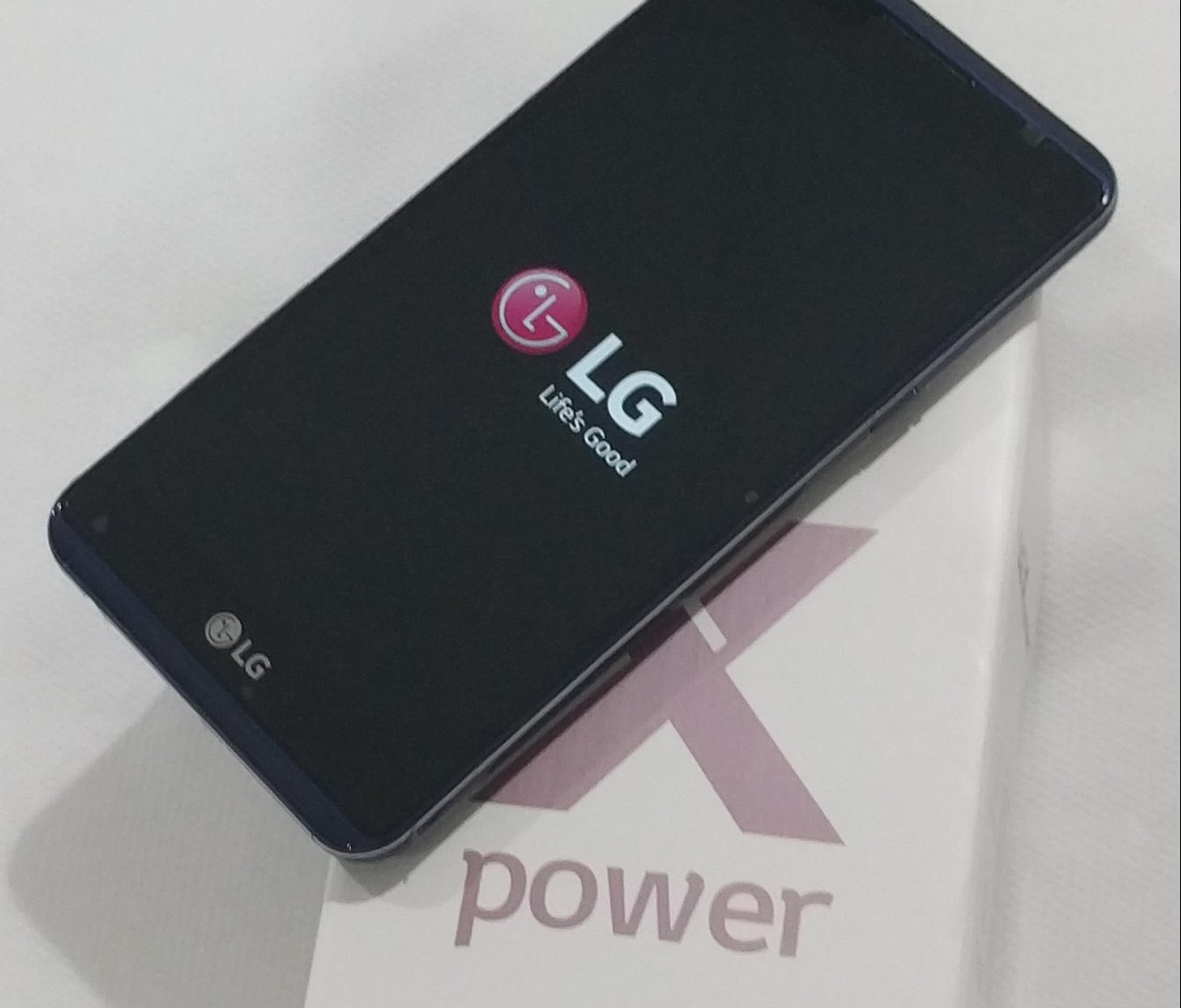
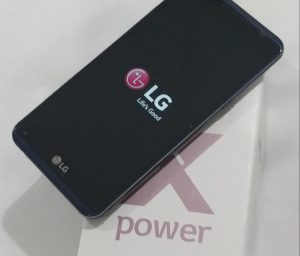
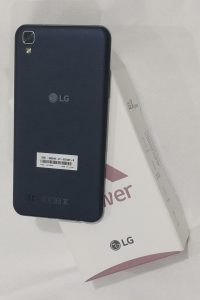
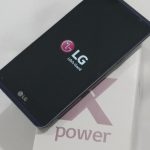


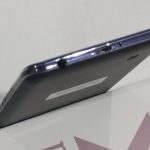


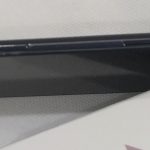















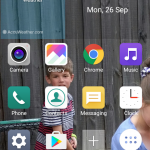



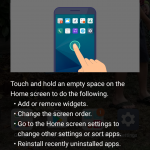

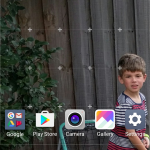
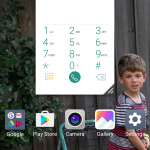
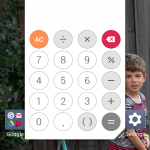

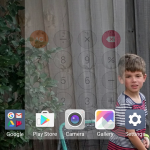
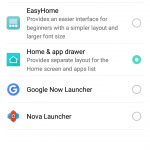
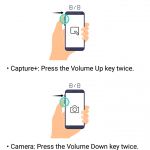
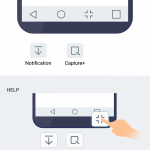
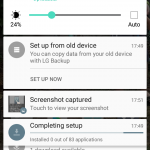
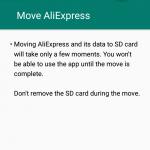
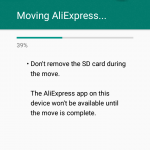

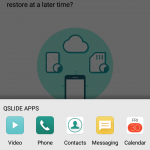

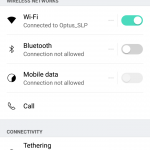
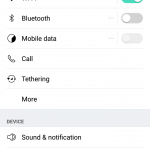

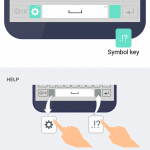
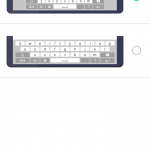

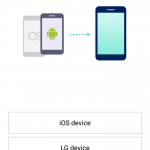

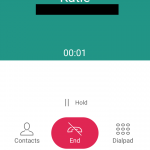

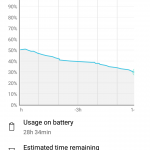




Rip-off. Overseas this phone wouldn’t cost more than $250 AUD. For $350 I’d expect 3GB of RAM and a 32GB ROM.
Thanks for the review! Seems just like you’d expect from a $350 phone (middling on most aspects), but the battery life is pretty much the major plus. Good to see with standard usage (FB etc) it doesn’t fall apart and stutter.